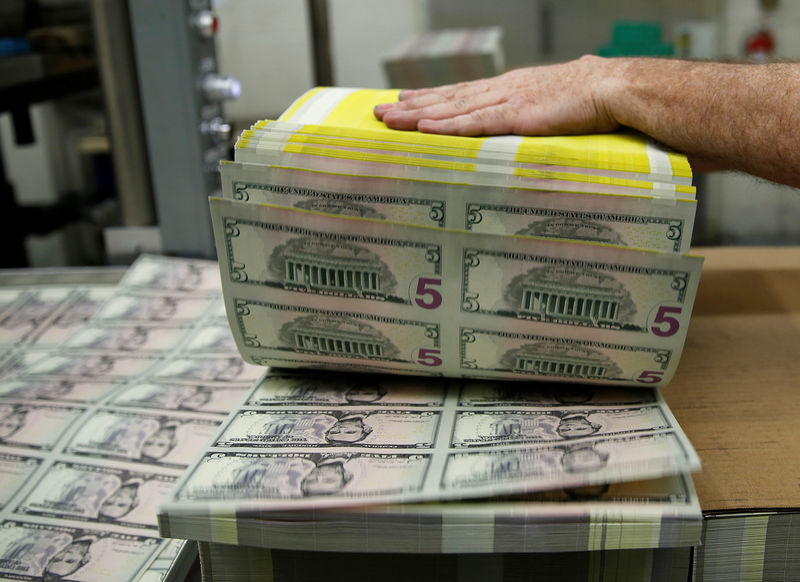(Bloomberg) -- The Indian rupee’s decline to a lifetime low is adding to angst over imported inflation as well as an external deficit blowout, prompting analysts to draw parallels with the taper tantrum of 2013.
The local currency is the third-worst performer in Asia in the past month, weakening beyond 80 a dollar amid rising interest rates in the US and risk-off sentiment. Investors continued pulling out of domestic equities during the period, taking the total outflows to almost $29 billion this year.
The developments are evoking memories of the 2013 “taper tantrum” when emerging market currencies slumped as the US dollar and yields surged in response to the Federal Reserve’s signal of winding down its quantitative-easing policy. In India, the sliding rupee is now leaving a trail across trade, consumer prices and corporate earnings.
Here’s how the rupee fall could impact the economy:
Trade Imbalance
India’s trade deficit hit record levels in the past two months driven by the highest monthly import bill of more than $60 billion. That’s unlikely to be offset by exports as global growth loses steam due to fears of recession. For the South Asian nation’s exporters as well, a weak currency is doing little to improve competitiveness as other currencies are also falling in tandem.
“India’s currency risk seems to be the key focus among investors,” said UBS Securities India Chief Economist Tanvee Gupta Jain. “External sector risks persist and there is concern if this could create a funding challenge should global financial conditions continue to tighten.”
Pricey imports, due to higher global energy prices and a falling rupee, could further widen the current account gap -- the broadest measure of external finances -- to its highest level in a decade to over 3% of gross domestic product in the fiscal year ending March.
“If oil remains at $100, we project a current account deficit of 3.7% of GDP in the next twelve months. It will be among the widest in emerging markets,” economists at the Institute of International Finance wrote in a report this week. “This figure is lower than in the run-up to the taper tantrum but still risky in a difficult global environment.”
Inflation Risks
The nation’s status as one of the world’s biggest energy importers makes it vulnerable to global price shocks as well as currency volatility. A 5% fall in the rupee pushes up inflation by about 20 basis points, according to a study by the Reserve Bank of India.
Consumer price gains have topped the central bank’s 2%-6% mandate since the start of this year and any immediate pass-through of softer global commodity prices is unlikely given the nearly 7% year-to-date fall in the rupee.
That adds pressure on the central bank to do more after it already raised interest rates by 90 basis points and depleted its foreign-exchange reserves to $580 billion as part of efforts to defend the currency. The RBI’s rate-setting panel is due to announce its next policy decision on Aug. 5, and has time until September to bring inflation back to its target range to avoid explaining why it failed in its inflation mandate.
India’s inflation scare is not over yet, but “it can potentially come under control if the RBI presses ahead with rate tightening instead of easing efforts on the back of falling commodity prices,” said Pranjul Bhandari, chief India economist at HSBC Holdings (NYSE:HSBC) HSBA).
Corporate Balance Sheet
Corporate earnings for sectors that rely heavily on imported raw materials such as automobiles, steel and electronics will bear the brunt of a falling currency. Higher costs will eat into margins and impact profitability for companies.
Companies with foreign currency debt are also vulnerable to rupee depreciation and are rushing to hedge their dollar debt and protect earnings. About $79 billion worth of foreign debt, which makes for 44% of the total overseas borrowings by Indian firms, are unhedged, according to RBI. Both cost of repaying and rolling them over has increased after rupee’s sharp slide against the dollar.
